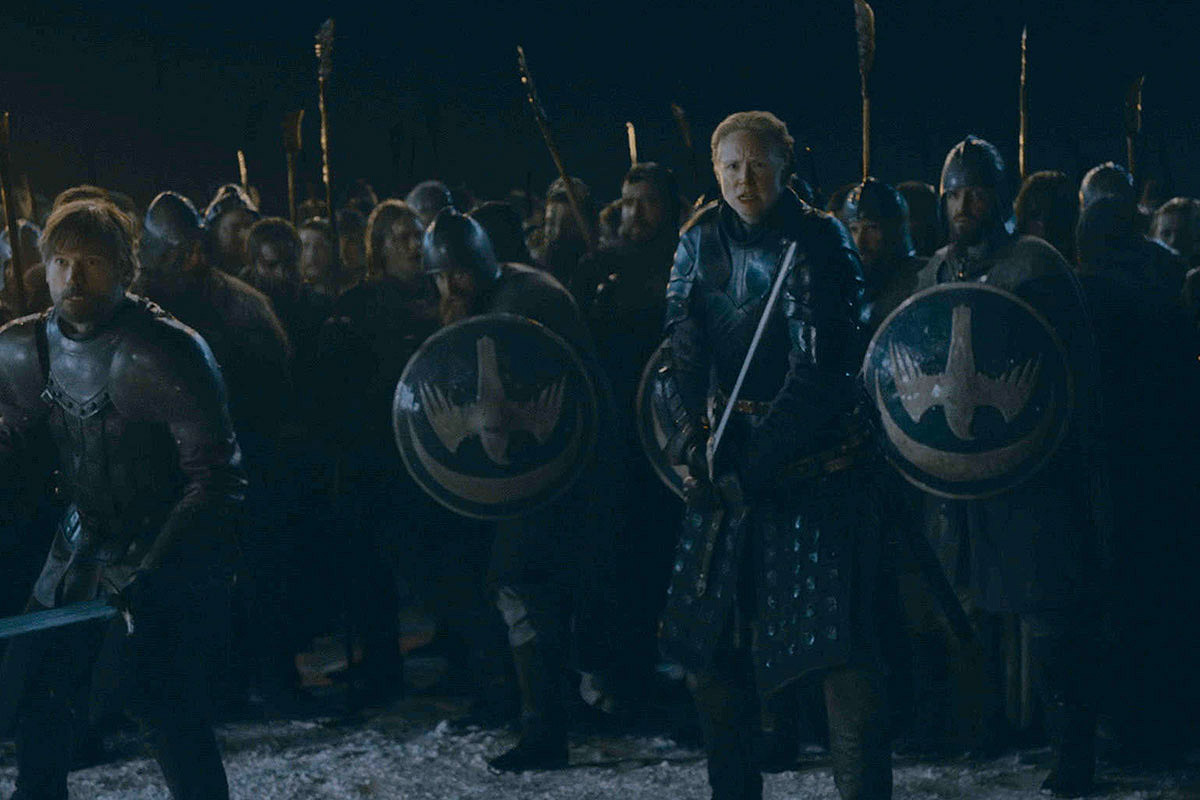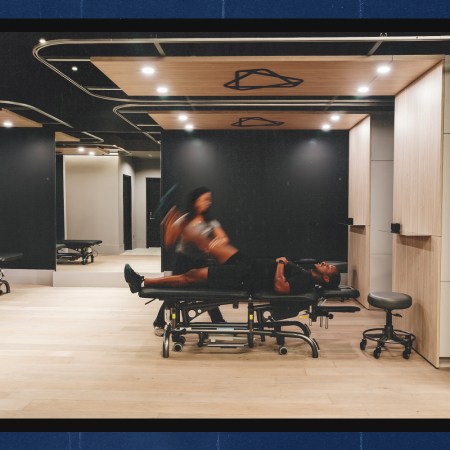The few quibbles with the Sunday’s otherwise spectacular Game of Thrones episode, “The Long Night”, would include 1) no surprise main character deaths, 2) Bran’s purpose in life (or lack thereof) and 3) not being able to see a damn thing.
It wasn’t just you — the entire internet complained about the pitch-black Battle of Winterfell, which was seemingly lit by fire torches and occasional dragon breath.
just an incredible episode so far pic.twitter.com/43JpqyvWbj
— Dave Itzkoff (@ditzkoff) April 29, 2019
According to director of photography Fabian Wagner, that lack of light was intentional. In a recent interview, Wagner and other cinematographers on the show have relied on natural lighting, be it sunlight, moonlight or candle/fire light. As well, the light acts almost as its own character — as Vanity Fair notes, there was darkness in the bleakest of times (Arya hiding in the Winterfell hallways, the swallowing of the Dothraki army by the darkness) and light during moments of hope (Melisandre, in particular, “lighting” the way).
Thematically, you could argue Game of Thrones simply presented its biggest battle in a consistent fashion and upped the terror, at times, by presenting the battle as the protagonists would have seen (or not seen) it.
Outside of theme, there were some technical concerns: cinematographers working with digital film and in post-production prefer low light settings (it’s easier and faster). But lower-end HD screens actually make dim settings look worse, and cable companies and apps like HBO Go already compress your streaming, dropping your video quality even more.
As Slate suggests, there are a few obvious solutions: darkening your viewing room and calibrating your TV by readjusting the brightness and contrast settings. But it really falls on the producers and networks to understand that all viewers won’t be watching Game of Thrones in an ideal environment — it might be on an older TV, on a tablet, in a bar, etc. It’s up to them to film content in a way that works best for the masses.
Thanks for reading InsideHook. Sign up for our daily newsletter and be in the know.



















